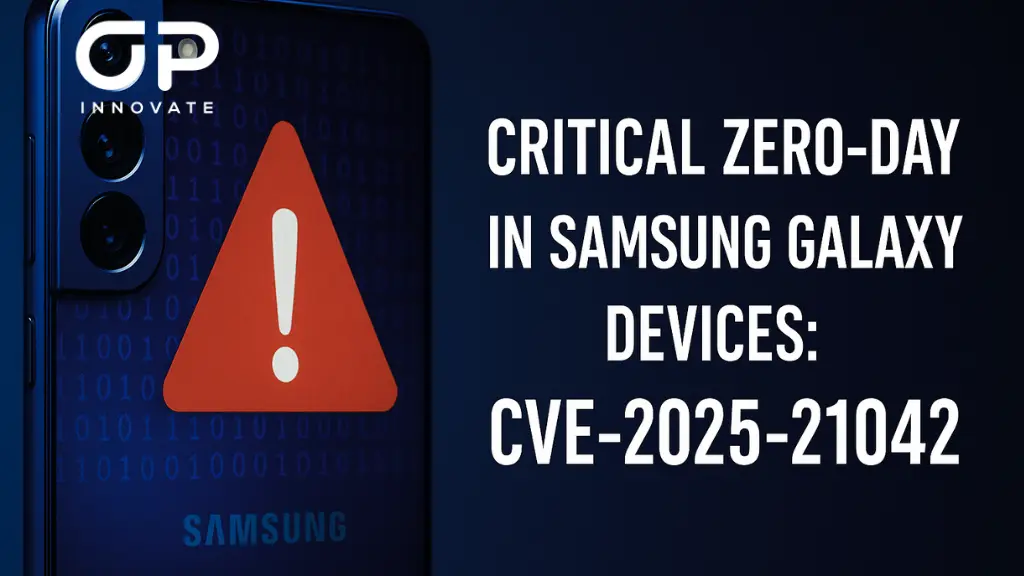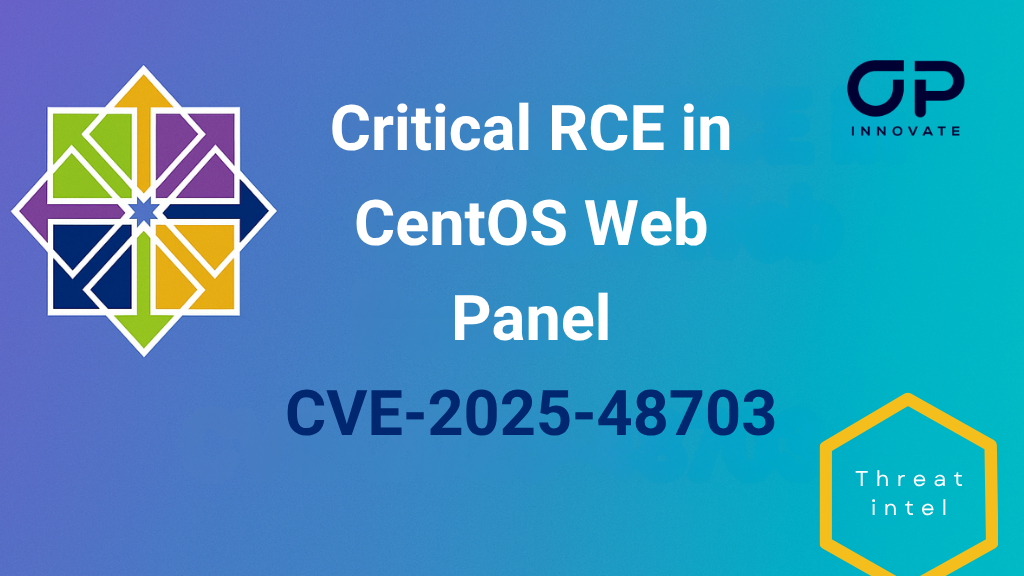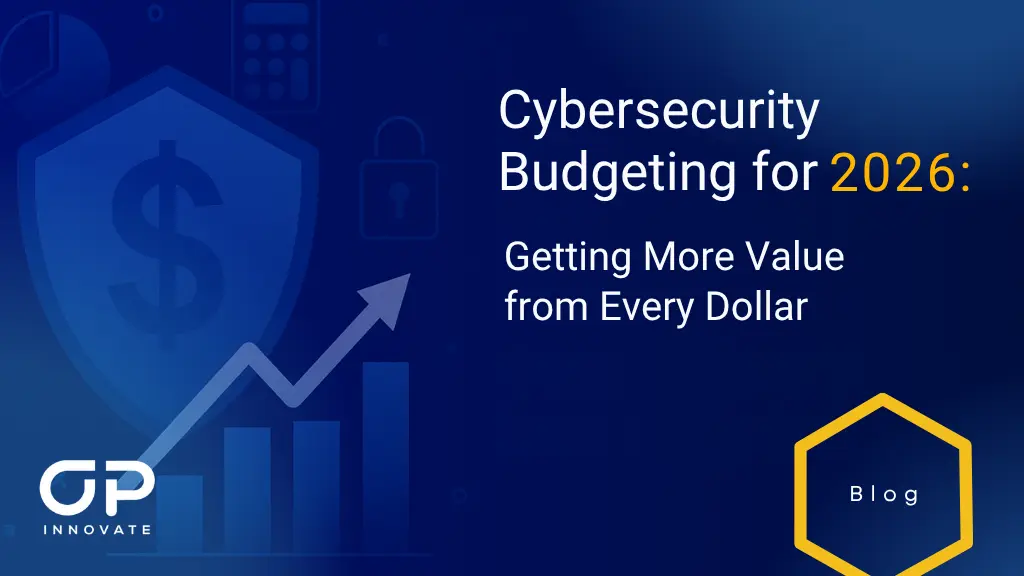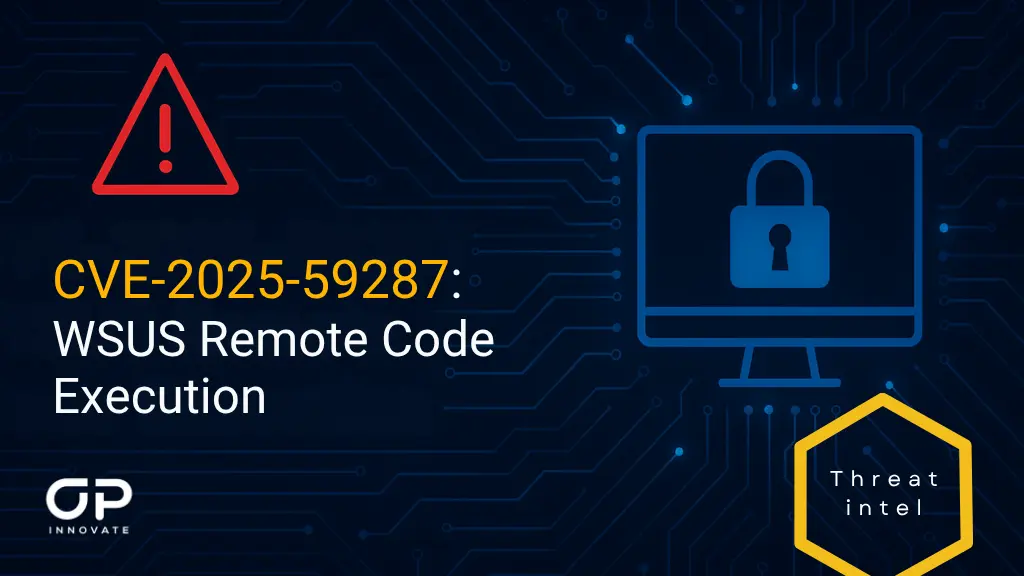As the digital landscape continues to evolve, so does the field of Penetration Testing as a Service (PTaaS). At OP Innovate, we’ve been at the forefront of those embracing and adapting to these changes. In 2024, PTaaS is characterized by a blend of innovative methodologies, advanced technologies, and strategic approaches which synergize to strengthen their target’s security posture.
Let’s delve deeper into the top ten trends that will shape PTaaS in the coming year.
1. Hybrid Approach in PTaaS
At OP Innovate, our PTaaS methodology stands out for its blend of automated and manual testing. This hybrid approach ensures comprehensive, 24/7 security assessments.
| Method | Automated Testing | Manual Testing |
| Focus | High-frequency, routine vulnerabilities | Complex, context-specific vulnerabilities |
| Benefits | Speed, consistency, broad coverage | Depth, acuity, nuanced exploitation |
| Ideal For | Continuous scanning, immediate notification of new and emerging alerts | Tailored attacks, in-depth analysis |
2. Artificial Intelligence in Penetration Testing:
The integration of Artificial Intelligence (AI) in PTaaS represents a significant paradigm shift in how vulnerabilities are identified and exploited. AI-driven tools bring unprecedented efficiency and precision to PTaaS offerings. These tools are capable of autonomously scanning vast networks and systems, identifying vulnerabilities, correlating vulnerabilities across assets and even simulating attacks to assess potential risks. Machine learning algorithms enable these tools to continuously adapt and improve their capabilities, keeping pace with the evolving threat landscape. AI in PTaaS not only accelerates the detection of vulnerabilities but also enhances the effectiveness of remediation efforts.
3. Cloud Penetration Testing:
The proliferation of cloud computing services has led to the development of specialized cloud penetration testing methodologies within PTaaS. This trend is essential because cloud environments introduce unique security challenges. Traditional penetration testing approaches may not adequately address the complexities of cloud infrastructure, which often involves multi-tenancy, shared responsibility models, and intricate networking configurations. Cloud penetration testing in PTaaS focuses on assessing the security of cloud-based assets, ensuring that data stored in the cloud remains protected, and identifying vulnerabilities specific to cloud environments.
4. IoT Device Testing Integration:
The increasing adoption of Internet of Things (IoT) devices in business networks has necessitated their inclusion in PTaaS strategies. Since their introduction into company networks is not always as regulated as it should be, these devices greatly increase potential entry points for attackers, making it crucial to assess their security. PTaaS providers now offer specialized testing for IoT devices, evaluating their vulnerabilities and potential risks. This expansion ensures comprehensive security assessments, covering all potential vectors of attack, including those associated with IoT devices.
5. Advanced PTaaS Platforms:
Modern PTaaS platforms have evolved to become more sophisticated and versatile. They offer enhanced integration capabilities with existing IT management systems, enabling seamless vulnerability management and remediation processes. These platforms provide centralized dashboards for monitoring security assessments, tracking vulnerabilities, and prioritizing remediation efforts. They also facilitate the automation of routine tasks, such as vulnerability scanning and reporting, allowing security teams to focus on critical issues. Advanced PTaaS platforms play a pivotal role in streamlining the security assessment workflow and improving overall efficiency.
6. Focus on Supply Chain Security:
Recognizing the interconnected nature of modern business ecosystems, PTaaS now places greater emphasis on securing supply chains. Cyberattacks targeting the supply chain have become increasingly prevalent, posing significant risks to organizations. PTaaS providers extend their assessments beyond the organization’s boundaries to evaluate the security of third-party vendors and partners. This holistic approach aims to identify vulnerabilities and potential weaknesses in the supply chain, ultimately enhancing overall cybersecurity resilience.
7. Agile Testing Methodologies:
In alignment with agile software development practices, PTaaS has adapted to allow for more frequent and incremental testing. Traditional penetration tests were often conducted as point-in-time assessments, leaving organizations vulnerable to emerging threats. Agile testing methodologies in PTaaS enable continuous assessment and adaptation to evolving security challenges. Security assessments are integrated into the development and deployment pipelines, ensuring that security remains a priority throughout the software development lifecycle. This agile approach enhances the organization’s ability to respond quickly to emerging threats and vulnerabilities.
8. DevSecOps Integration:
The integration of Development, Security, and Operations (DevSecOps) practices has led to a more unified and integrated approach in PTaaS. Rather than treating security as an isolated phase, DevSecOps embeds security practices within the software development lifecycle. This integration ensures that security considerations are addressed from the initial stages of development, leading to more robust and resilient applications. PTaaS providers work closely with DevOps teams to incorporate security testing and assessment into the automated deployment pipeline. This collaborative approach results in more secure software and faster remediation of vulnerabilities.
9. Diversity in Testing Types
OP Innovate’s PTaaS covers various testing types, ensuring a comprehensive evaluation of an organization’s security posture.
| Testing Type | Description | Use Case |
| Application Testing | Assessing applications for potential weaknesses | Securing web and mobile applications |
| Network Testing | Evaluating security of network infrastructure | Identifying network-level vulnerabilities |
| Hardware Testing | Examining physical devices for security flaws | Ensuring endpoint and server security |
| Personnel Testing | Challenging employee security awareness | Mitigating social engineering threats |
10. Technological Advancements in Specific Markets
Regions like Japan, known for their advanced technological infrastructures, are influencing the PTaaS market. Their emphasis on rigorous penetration testing is setting new benchmarks in cybersecurity.
In-Depth Analysis of PTaaS Methodologies
At OP Innovate, we’ve conducted a comprehensive analysis of various penetration testing methodologies to enhance creation of robust cybersecurity strategies.
| Method | Primary Focus | Strengths | Weaknesses |
| PTaaS (OP Innovate) | Comprehensive security assessment | Balanced, continuous testing; Manual and automated integration | Adjusting to rapidly evolving threats |
| SAST | Source Code Analysis | Early detection; IDE integration | False positives; Misses runtime issues |
| SCA | Third-party Libraries | Managing open-source risks | Known vulnerabilities only |
| DAST | Runtime Vulnerabilities | Identifying real-time issues | Slower; May miss unexecuted code |
| IAST | Real-time Code Analysis | Immediate feedback | Requires instrumentation, which can be complex and expansive. |
| Fuzz Testing | Stress Testing | Finding critical issues | Resource-intensive; False positives |
| Threat Modeling | Threat Identification | Understanding attack surface | Strategic; Time-consuming |
| Network Scanners | Network Vulnerabilities | Discovering network issues | Focuses on network layer only |
| Container Security Tools | Container Security | Securing cloud-native apps | Expertise required |
| CSPM | Cloud Configuration | Managing cloud security | Focused mainly on configuration; Compliance (may not cover all aspects of security) |
Conclusion: Shaping the Future of PTaaS – OP Innovate’s Vision for 2024
As we approach 2024, PTaaS stands on the brink of transformative change. At OP Innovate, we are not just witnesses to this evolution; we are active contributors, shaping the future of cybersecurity. Our approach in 2024 is defined by a fusion of pioneering methodologies, technological advancements, and strategic foresight, aligning with the following trends:
- Hybrid Testing Models: Our blend of automated and manual testing methodologies provides an unparalleled depth and breadth of security assessments, ensuring robust 24/7 protection against an array of cyber threats.
- AI-Driven Solutions: The integration of Artificial Intelligence in our PTaaS offerings is not just an enhancement; it’s a revolution. It allows us to tackle vulnerabilities with unprecedented efficiency and precision.
- Cloud and IoT Security: As cloud computing becomes ubiquitous and IoT devices proliferate, our focus on these areas ensures that our security strategies are comprehensive and forward-looking.
- Sophisticated PTaaS Platforms: Our platforms are evolving, becoming more sophisticated with enhanced integration capabilities, thereby streamlining the vulnerability management and remediation processes.
- Supply Chain Security Emphasis: Recognizing the importance of supply chain integrity, we are intensifying our efforts to secure these complex networks against rising threats.
- Agility in Testing: Aligning with agile methodologies, we are ensuring that our PTaaS solutions are flexible and responsive, capable of adapting rapidly to emerging threats.
- DevSecOps Integration: By embedding security practices within the software development lifecycle, we are setting a new standard in cybersecurity, ensuring seamless integration of development and security.
- Diversity in Testing: Our wide range of testing types reflects our commitment to providing comprehensive evaluations of organizational security postures, leaving no stone unturned in our quest for cybersecurity.
- Global Technological Leadership: Our attention to global technological advancements, particularly in regions like Japan, positions us as a leader in the global cybersecurity landscape.
- Innovative Methodology Analysis: Our in-depth analysis of various penetration testing methodologies underlines our commitment to crafting robust, effective cybersecurity strategies.
Looking ahead to 2024, OP Innovate is poised to stand out in the PTaaS sector with innovative solutions that address the evolving landscape of cyber threats. Our focus is not just on responding to changes but on anticipating and shaping them. We are committed to delivering advanced, efficient, and comprehensive PTaaS solutions, reflecting our deep understanding of the challenges and opportunities that lie ahead.
In this era of rapid digital transformation, OP Innovate stands as a beacon of innovation and excellence in PTaaS. Our vision for 2024 and beyond is clear: to provide unparalleled cybersecurity services that not only protect but also empower our clients in the face of an ever-changing cyber world.
OP Innovate is Actively Shaping the Future of Cybersecurity
Experience Our Vision Firsthand
- Visit Our Demo: Explore the cutting-edge capabilities of our PTaaS solutions in action. See how our innovative methodologies and advanced technologies can enhance your cybersecurity posture.
- Schedule a Consultation: Let’s discuss how our tailored PTaaS strategies can meet your unique needs. Our experts are ready to collaborate with you to create a robust and responsive cybersecurity framework.
- Stay Informed: Keep up with the latest trends and insights in cybersecurity by following OP Innovate. We continuously adapt and innovate to meet new challenges, and we want you to be part of this journey.
Contact us now to explore how OP Innovate can transform your cybersecurity approach.









